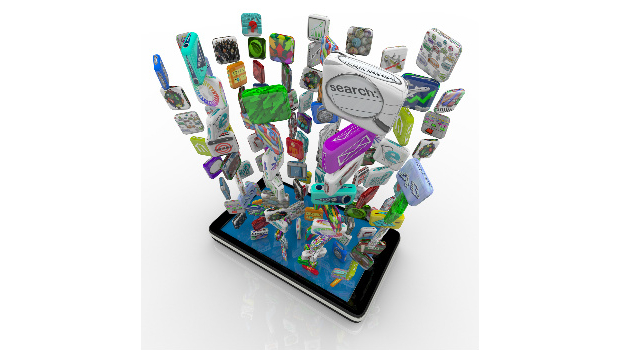With mid-market customers, IT Force is “talking to a different audience. The number of devices tends to be a lot larger and they [SMB clients] tend to be a more educated audience. They are more aware and probably have started to look around at what the offerings are. You can have a more ready conversation with those guys”.
But Bergin doesn’t see MDM as a huge revenue earning opportunity: “If you want to be a proper managed services company, you’ve got to deal with this, so you need to go ahead and deliver it, put it into your portfolio of products.”
As for mobile application management (MAM), he says that is predominantly a mid-market phenomenon but has been slower to take off: “Application management is much more about the performance and resilience of applications. We don’t have any clients that have taken us up on applications management yet but I’m sure it’s coming.”
And despite all the hoopla around BYOD, Bergin says it’s still in the early stages among IT Force’s client base. “We have just over 90 clients now and I don’t know of any that have engaged and embraced the BYOD phenomenon yet,” he reports.
Consumerisation
Francis O’Haire, director of technology & strategy, Data Solutions takes a different view. “The time for MDM is probably past,” he says. “It’s only appropriate when you’re handing out devices to employees and don’t want them to do anything personal on them.”
He believes the mobile device space will be “a fairly heterogenous world for a long time to come. People will choose the device that best suits them. Organisations need to embrace the consumerisation trend, they need to empower users because it’s great that they want to use technology”. Companies need to deliver their IT to those devices in the most secure way possible and to encourage users to have the device with them all the time. MAM and mobile information management places a layer about the device for businesses to deliver corporate applications and corporate data while not affecting what the user wants to do personally with the device.
He says MAM “fits in very nicely with the Citrix customer base, where we already have XenApp and Xen Desktop for delivering Windows apps. When Citrix introduced XenMobile it was just to fill out the interface with mobile apps, Web apps, SaaS apps and off line data. Now we can see native apps as well”.
Whatever approach the business adopts, the data can be protected. If the device is a corporate device, the business retains control over it and can wipe it. If it’s a personal device, the company can only wipe the corporate partition on that device.
Organisations may well have valid reasons for restricting an employee’s choice of device, for example, in ensuring that the device is appropriate for the task at hand. But if they have “a powerful solution that enables them to deliver applications to the devices then maybe they don’t have to lock them down so tightly and it can make the choice wider”.







Subscribers 0
Fans 0
Followers 0
Followers